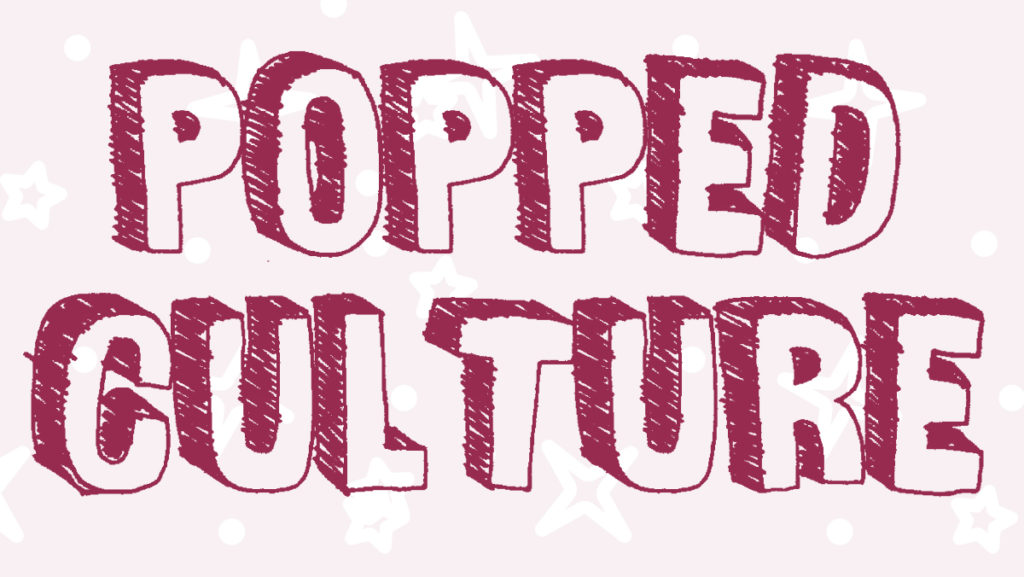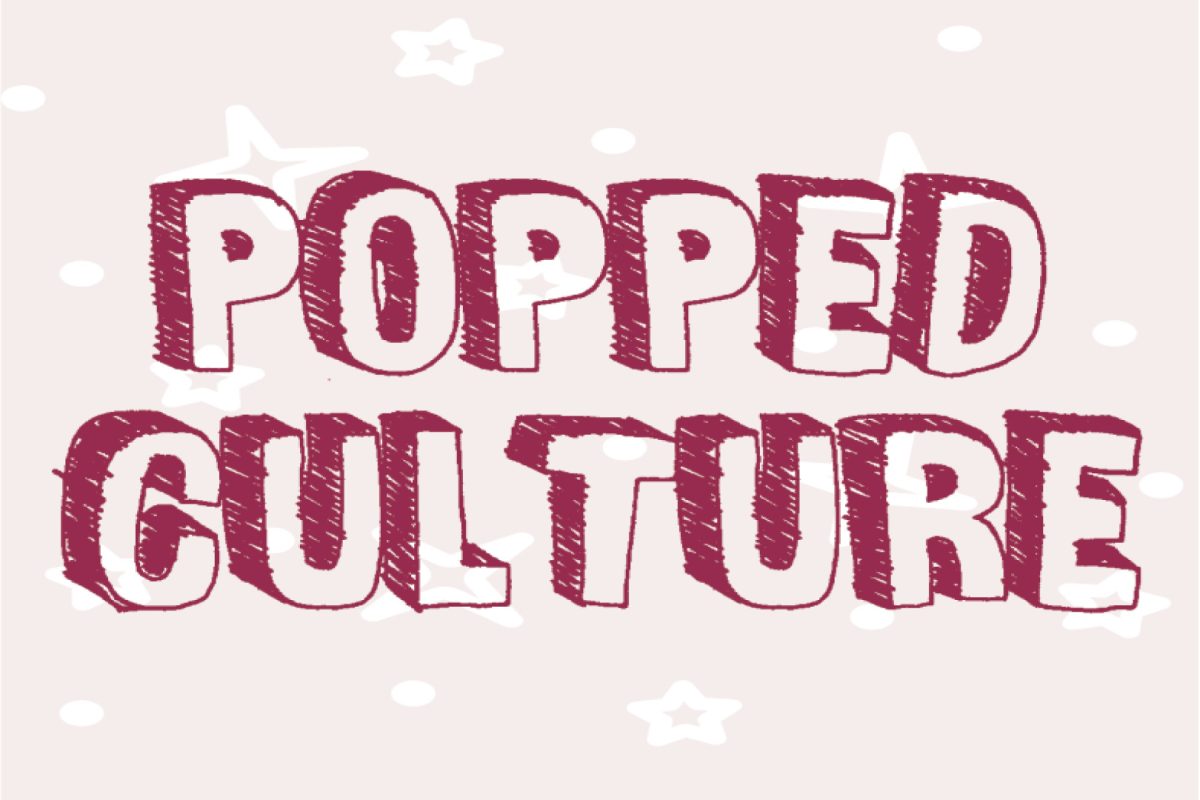Horror was one of the first genres to write women as its main characters, though it wasn’t until later that they were written as the heroes or even the villains. Because the genre delves into subjects surrounding power, gender and sexuality more than most other genres, horror’s subject matter has given female characters the space to develop into complex, well-written figures. Though early horror may have starred women, they usually played the victim.
In earlier horror films like “The Phantom of The Opera” (1925), women were still written as damsels in distress while female characters in the slasher subgenre — which emerged in the 1970s — served as an outlet for borderline torture porn. In the Molitor and Sapolsky study on slasher films from 1980–1993, female characters were shown to take twice as long to die on screen than men. Part of this extended kill time is dedicated to suspenseful chase scenes which defined this subgenre — where killers run after women with big boobs as a means of prolonging the torture. These scenes are a sexualized depiction of women begging for their lives at the hands of a violent male killer. While it was exciting for women to be cast in these main roles, the frequent sexualization and exploitative nature of these graphic scenes makes me question what the true intent of male slasher directors was.
In the 1996 film, “Scream,” character Randy Meeks (Jamie Kennedy) explains the trope of the final girl. He details an outline of “rules” that a female protagonist in horror must abide by in order to survive. Most important is the rule of virginity — in order to survive the killer, the female protagonist must be a virgin. Though “Scream” breaks that requirement, the meta recognition of the “virginity in horror” trope highlights horror’s long-standing tradition of torturing women for their sexuality.
If women can be the victim for their sexuality, who’s to say they can’t be the villain for the same reason? Jennifer Check in “Jennifer’s Body” develops her powers and becomes the film’s main antagonist when a group of men attempt to sacrifice her to the devil after she lies about being a virgin. Here, Jennifer becomes the monster because of her sexual history in contrast to earlier horror where a female lead’s lack thereof made her the heroine.
The 1976 film “Carrie” centers Carrie White, a lonely, sheltered teenage girl whose life is controlled by her religious, domineering mother. When Carrie gets her first period, she is subjected to verbal abuse as a result of her mother’s religious views and cruelty from her peers at school. Most of the film’s plot revolves around Carrie getting her period and how the sexual repression of her religious household is unable to control Carrie’s development into a woman. This is why “Carrie” illustrates one of the most interesting concepts in horror. What about “Carrie” makes it worthy of the genre’s definitions? There are no monsters, no ghosts, no escaped psych ward killers — just a girl becoming a woman.
In a video essay from October 2020 titled “A Monstress Comes of Age,” YouTuber Yhara Zayd highlights the tie that horror makes between puberty and bloodlust, specifically in young women. The video illustrates how in horror movies like “Carrie” and “Ginger Snaps” (2000), becoming a woman is synonymous with becoming a monster. Similar to “Carrie,” the events in “Ginger Snaps” begin after its main character, Ginger, gets her first period. The blood she sheds ends up attracting a werewolf that bites her, initiating Ginger’s transformation into a werewolf herself. Symbolically, Ginger’s transformation into the supernatural lines up exactly with her menstrual cycle and her semi-cannibalistic cravings develop alongside her sexual awakening.
In “Jennifer’s Body,” “Carrie” and “Ginger Snaps,” the women are written as villains because they are women. No longer innocent, virginal girls with the capacity to be heroines, but women with periods who engage in sexual activity. To me, putting women in lead horror roles where they are allowed to have sexual agency and still be the star of the show is not only more entertaining, but empowering. Even though characters like Carrie, Jennifer and Ginger are villainized for being women, their characters defy the expectation in horror that women have to be something for viewers to fear for — and often, are regarded as the hero of their respective stories by many.
Male villains in classic horror movies like “Texas Chainsaw Massacre” and “Halloween” are scary because they have weapons and no restraint to kill. But in these movies, the female villains are scary because they’re women, and that’s pretty badass.





